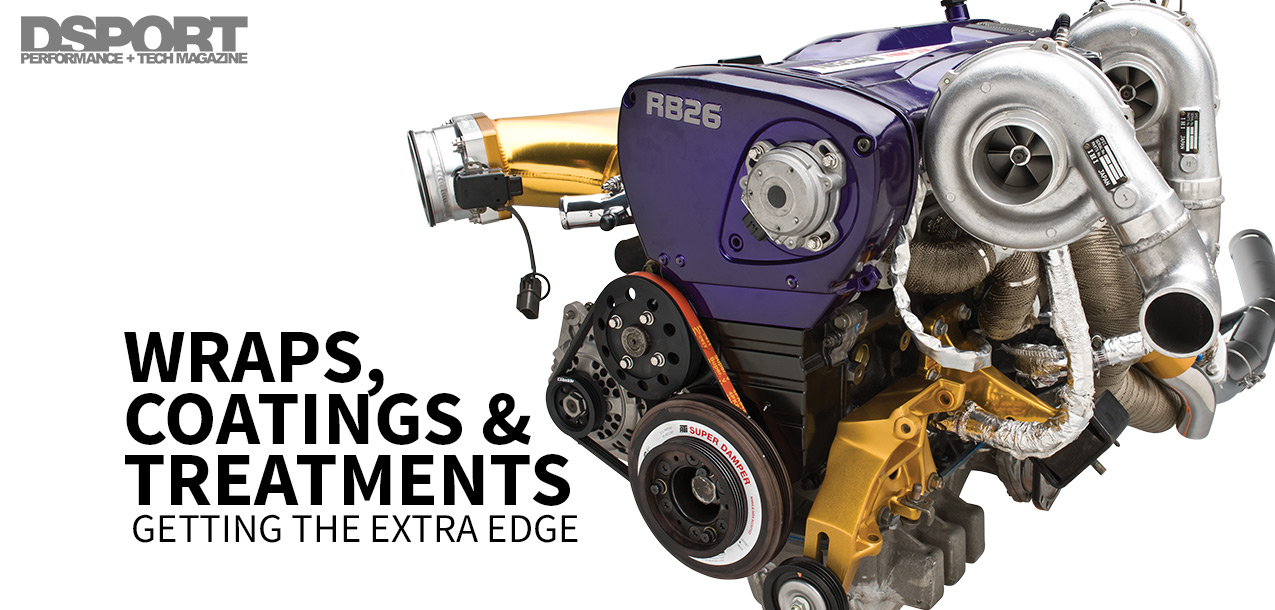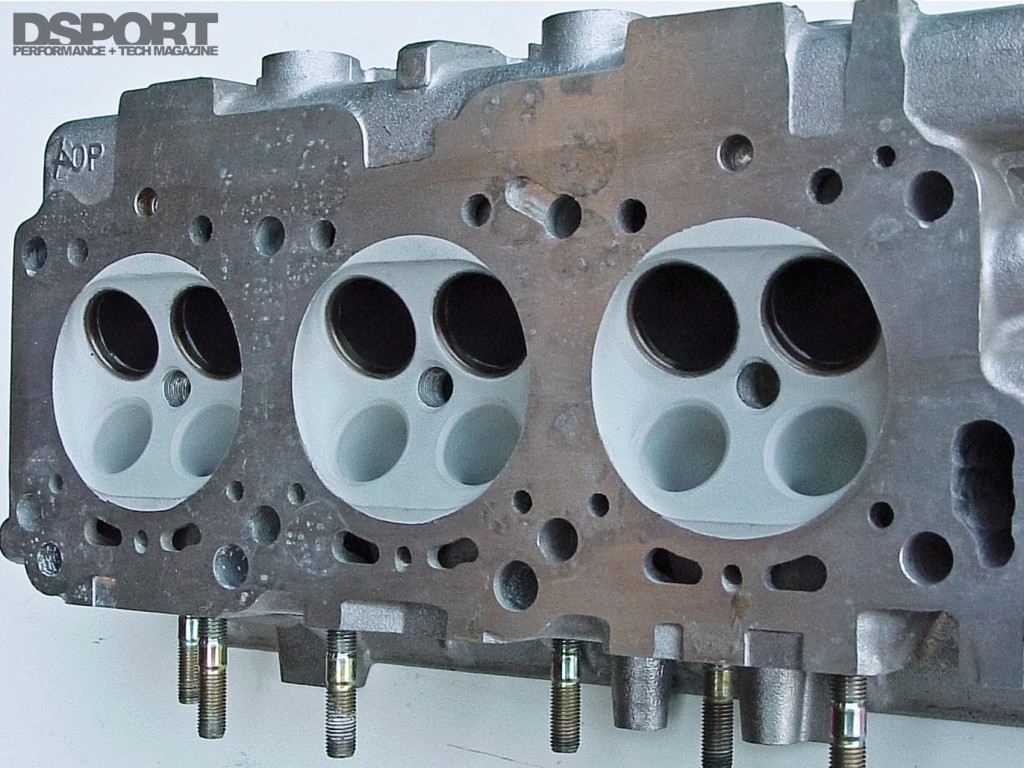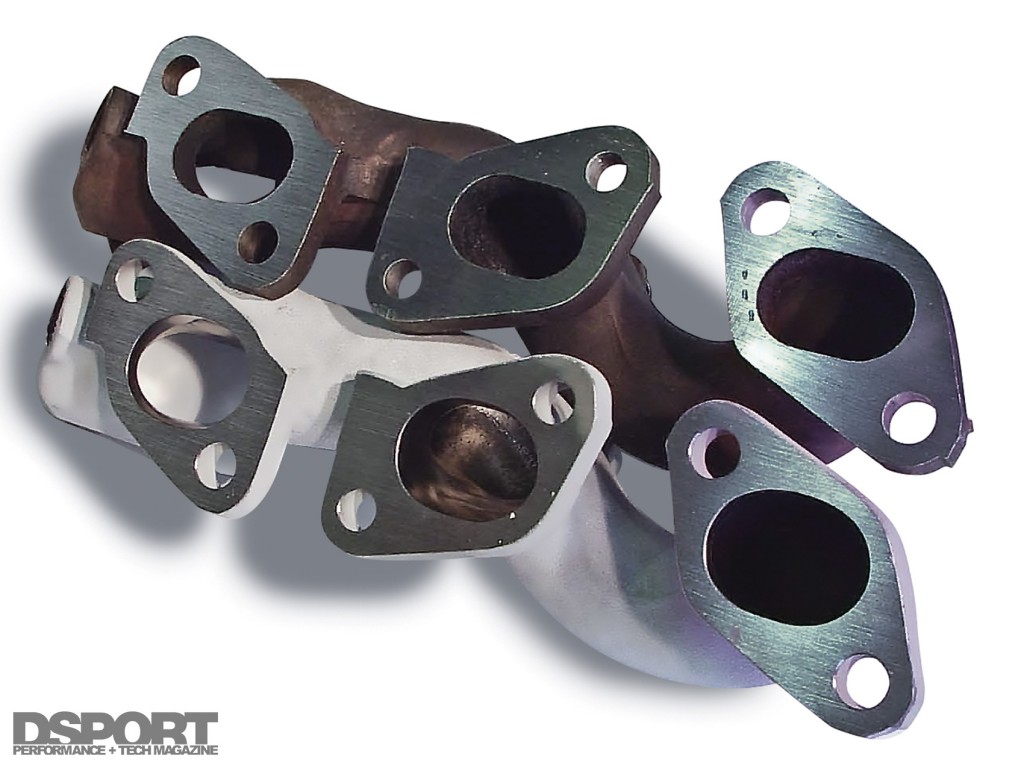Heat-dispersing coatings
 Heat-dispersing coatings help hot surfaces reject heat. It is a well-known fact that flat-black colors radiate more heat than any other colors. Painting something flat black helps it radiate heat but the paint itself can also act as an insulator, reducing the radiating effectiveness of the black color. To help reduce this effect there are heat-emitting coatings that help reduce the heat of the part both by radiation and conduction. Heat-emitting coatings have a lot of metallic elements in them to help conduct the heat through the coating film and are closely related to anti-friction coatings. These coatings are used under the crown of pistons, on valve springs (these get red hot at high rpm), on radiators, intercoolers, brake calipers and any surface that needs help shedding heat. These coatings are also pretty tough and additionally give the parts a nice, durable black-coated finish. NASCAR teams have reported that valve springs treated with HPC’s heat-rejecting coating last three times longer than uncoated parts.
Heat-dispersing coatings help hot surfaces reject heat. It is a well-known fact that flat-black colors radiate more heat than any other colors. Painting something flat black helps it radiate heat but the paint itself can also act as an insulator, reducing the radiating effectiveness of the black color. To help reduce this effect there are heat-emitting coatings that help reduce the heat of the part both by radiation and conduction. Heat-emitting coatings have a lot of metallic elements in them to help conduct the heat through the coating film and are closely related to anti-friction coatings. These coatings are used under the crown of pistons, on valve springs (these get red hot at high rpm), on radiators, intercoolers, brake calipers and any surface that needs help shedding heat. These coatings are also pretty tough and additionally give the parts a nice, durable black-coated finish. NASCAR teams have reported that valve springs treated with HPC’s heat-rejecting coating last three times longer than uncoated parts.
Metal Treatments: WPC & REM ISF
More and more high-end performance parts manufacturers are using WPC treatment on the components. The WPC treatment is essentially the 21st-century refinement of shot peening. Shot peening has been used for nearly a hundred years to improve mechanical properties of the surface of a material. The WPC treatment peens the surface with balls that are just a small fraction of conventional shot peening methods. The balls are often made up of lubricating solids (Tin, Molybdenum Disulfide). [pullquote]THE RESULTING EFFECT IS NANO- SIZED DIMPLES IN THE MATERIAL THAT DECREASE THE LIKELIHOOD OF STRESS CRACKS[/pullquote]The resulting effect is nano- sized dimples in the material that decrease the likelihood of stress cracks. These dimples also significantly reduce friction over an untreated surface so the WPC process strengthens the parts and reduces friction. We subjected the cylinder bores, piston rings, piston pins, oil pump gears, rod bearings, main bearings, camshafts, valve springs, valves, buckets, retainers and crankshaft in our 1,300 horsepower RB-engine build to the WPC treatment. We also WPC treated all of the transmission internals in our Holinger transmission.
Another promising metal treatment which we are looking forward to testing at DSPORT is know as REM Isotropic Finishing (ISF). While this process produces a part that looks polished, it’s actually not a polishing process. Using a special combination of ceramic media and chemicals, the two step process first knocks down the microscopic high points on the material before the second step burnishes the part and removes the first-stage film. The REM ISF process is becoming popular on ring-and-pinions and gearsets. The process is said to reduce friction which can lead to improved shifting, increased parts life, increased power to the wheels and reduced lubricating-fluid temps.




